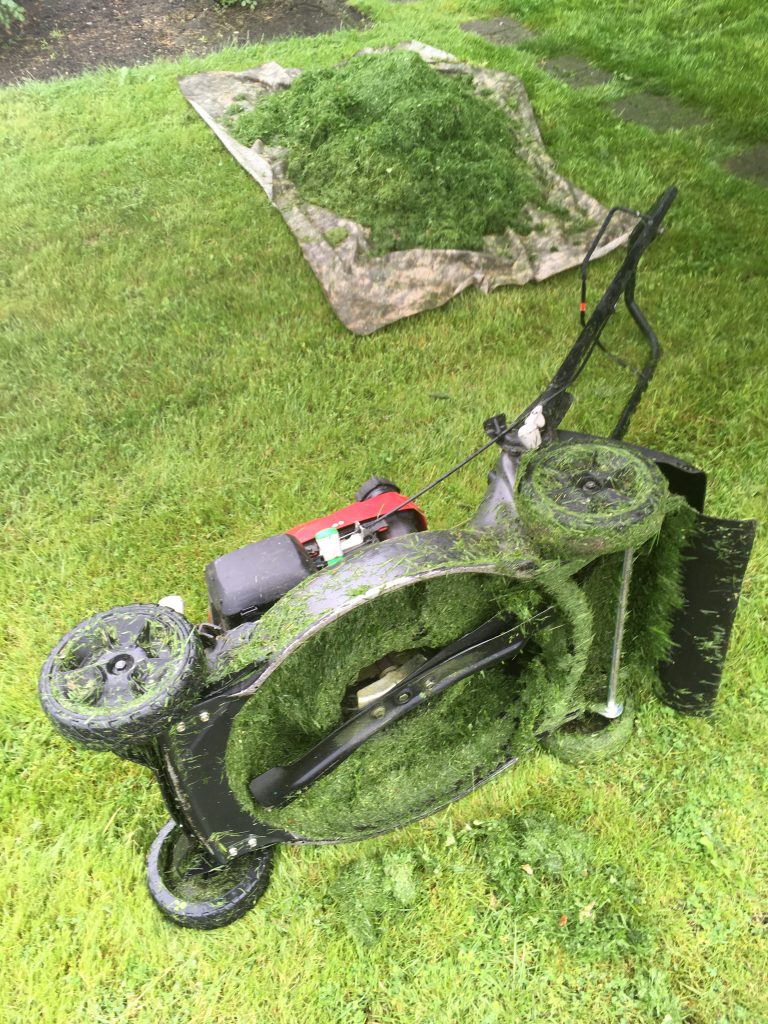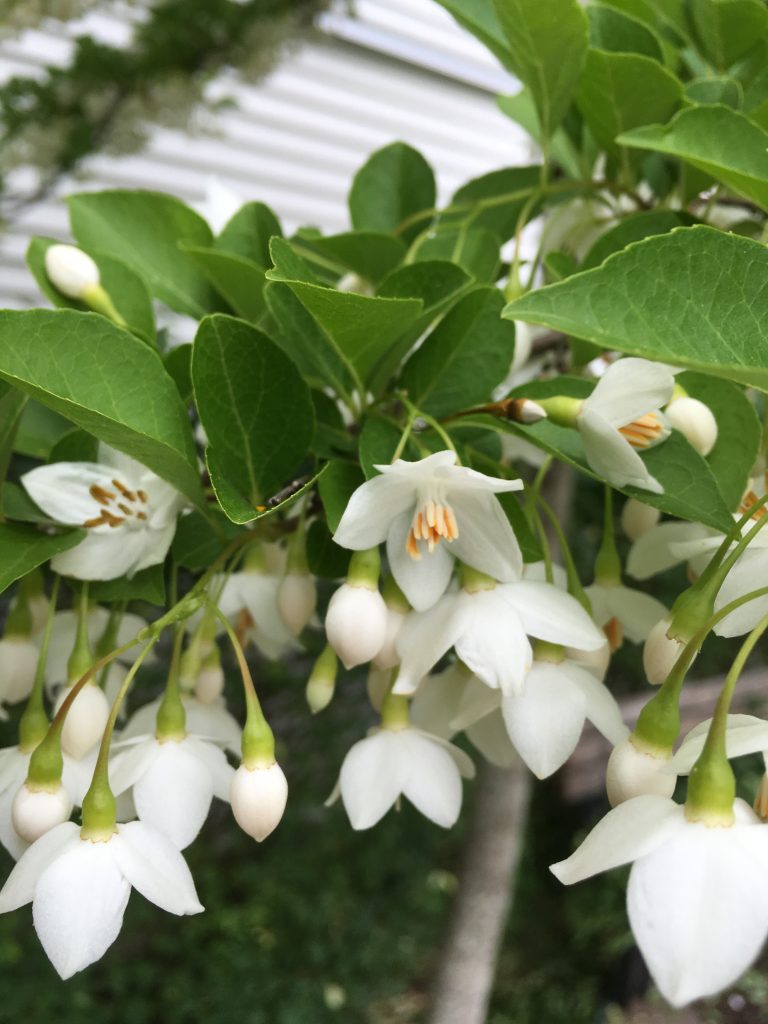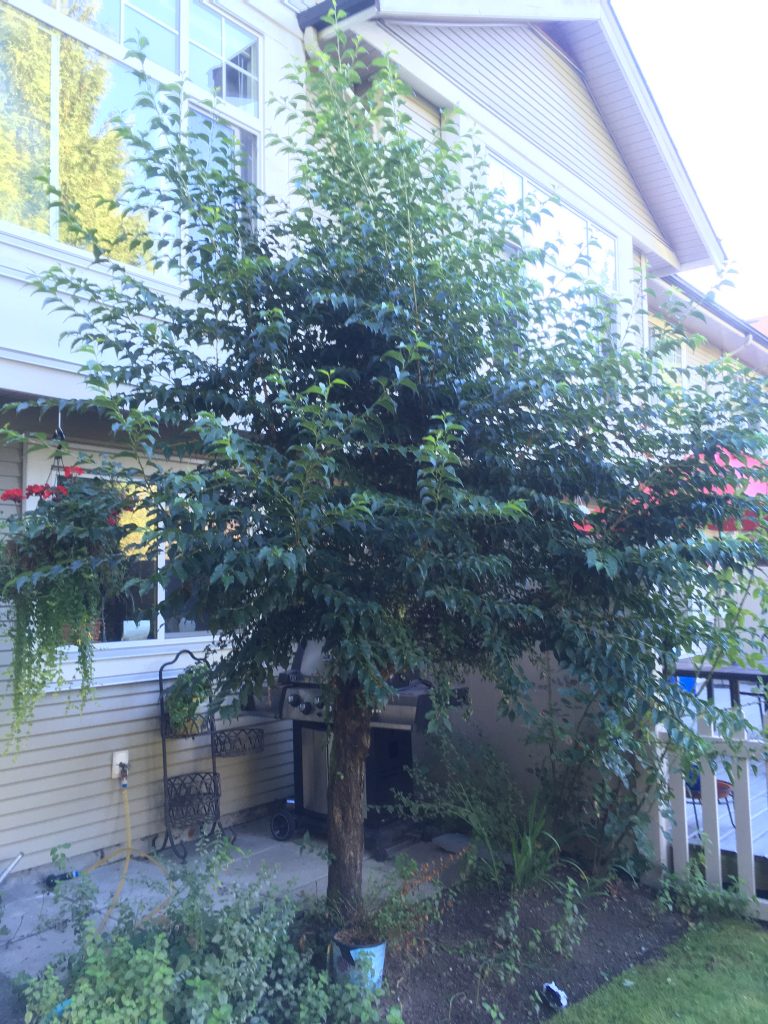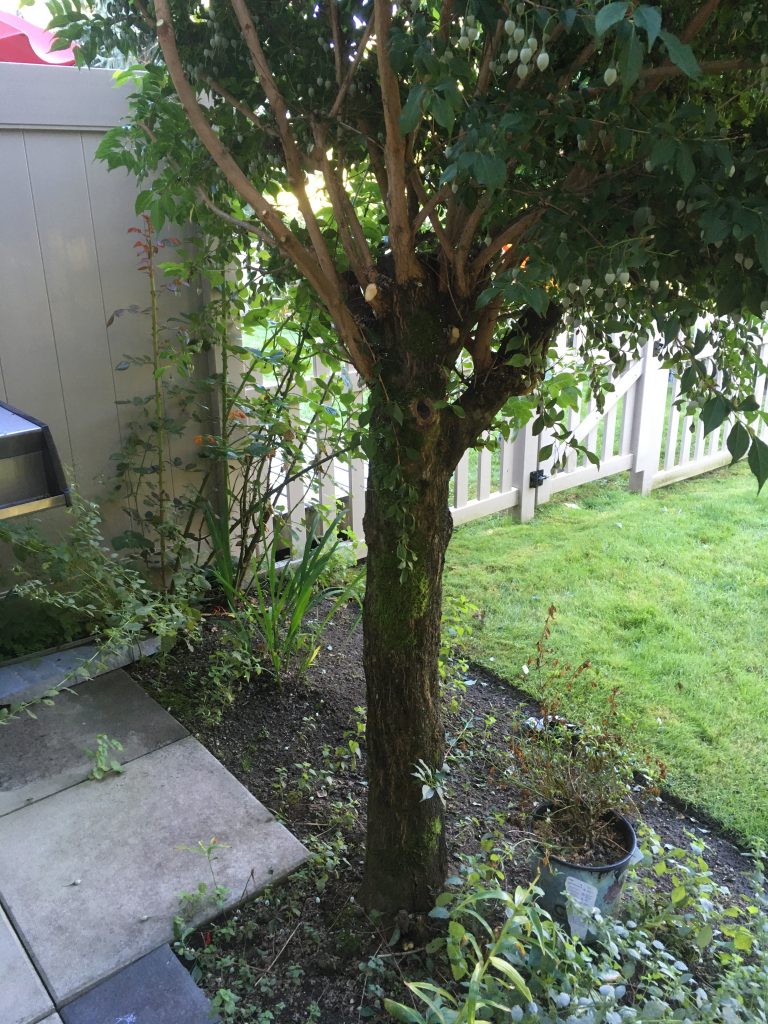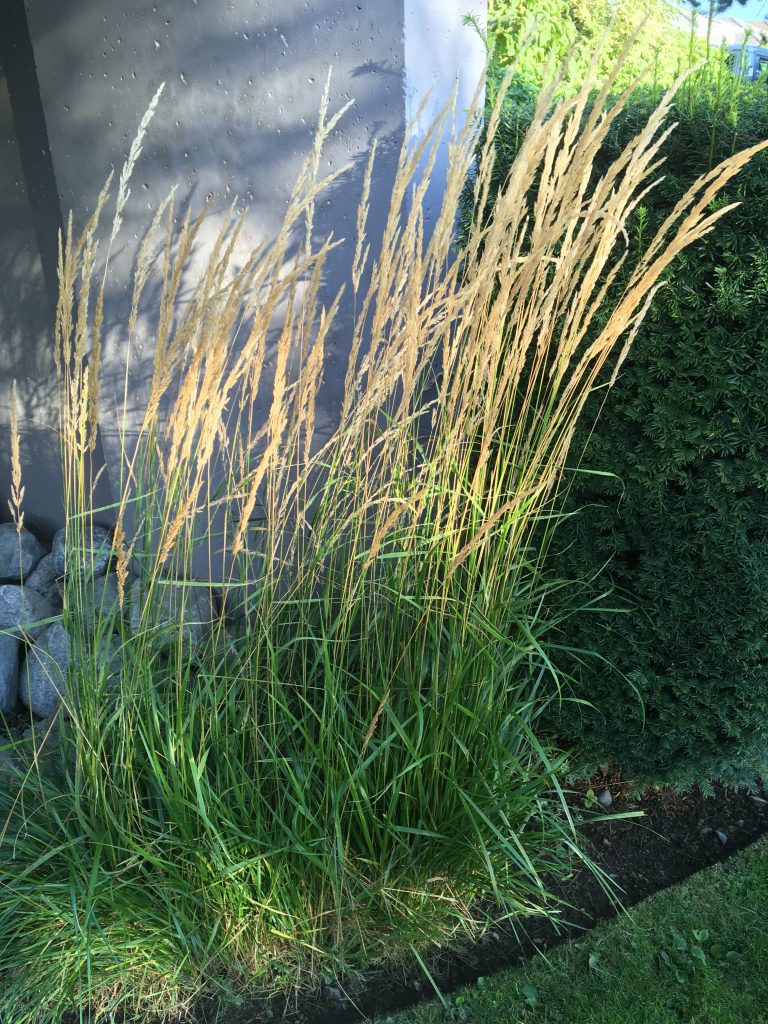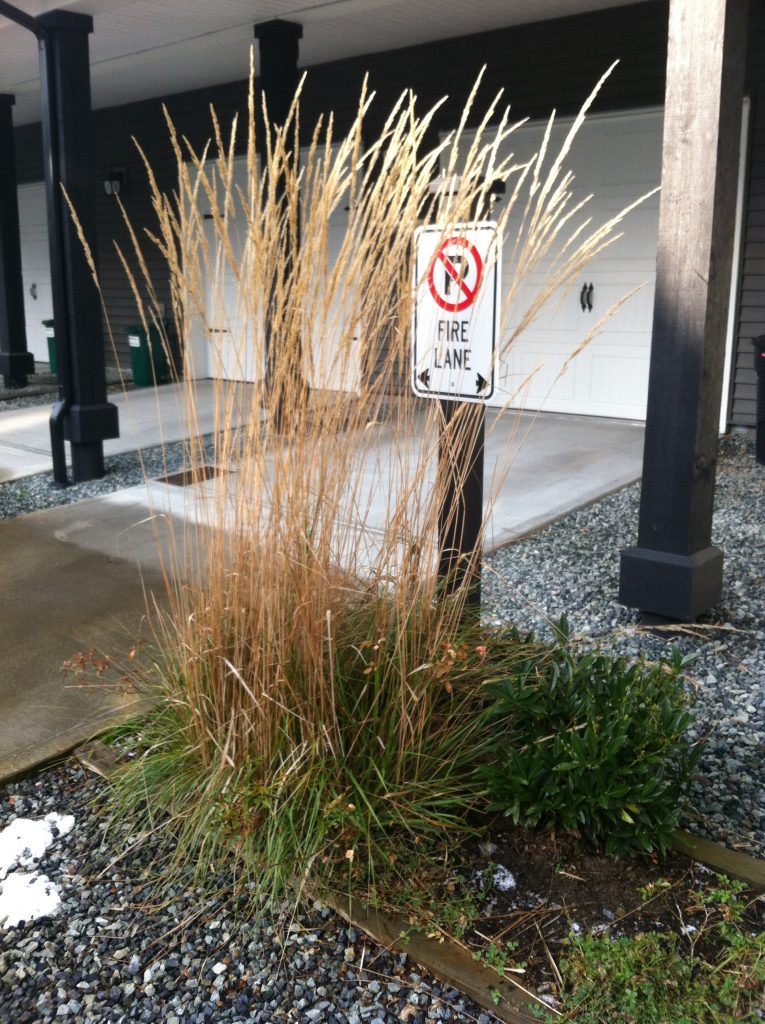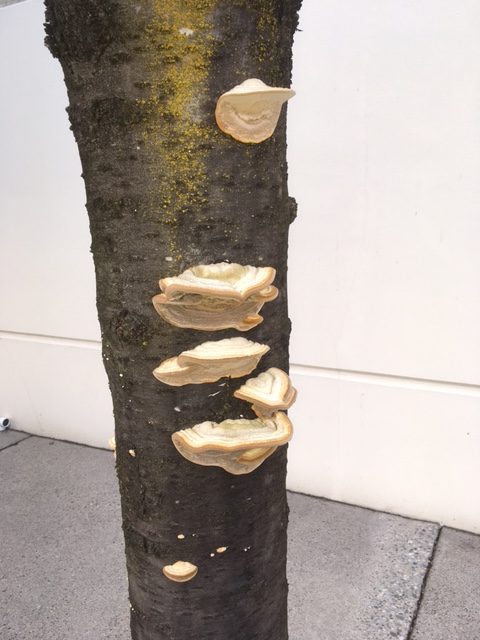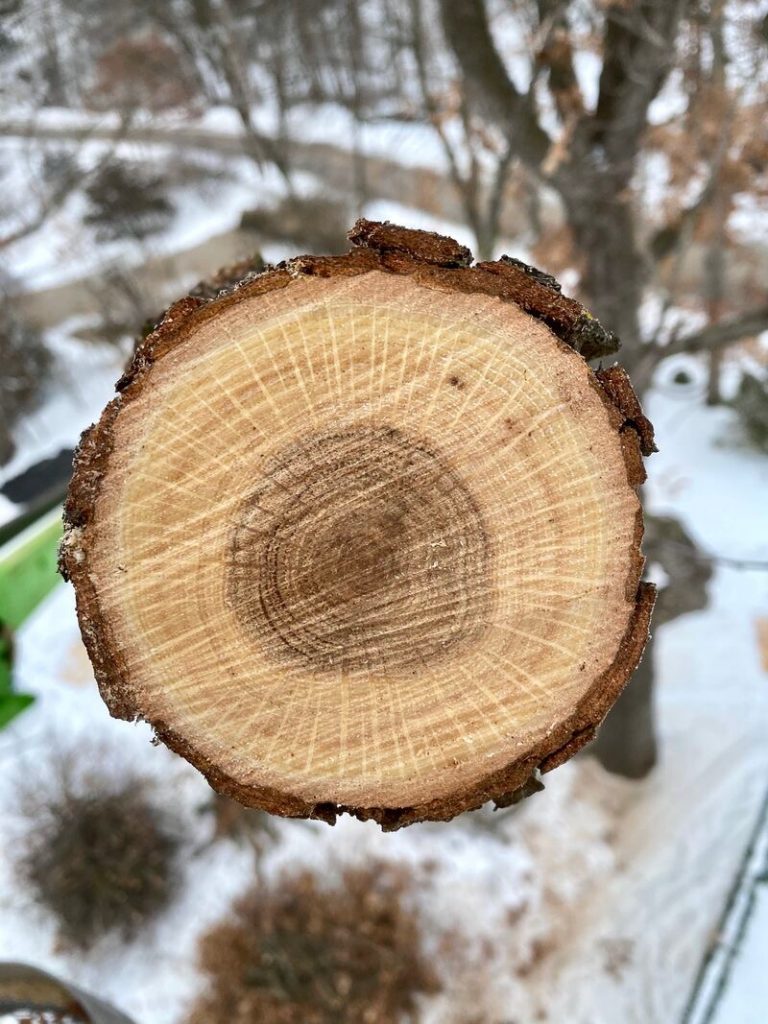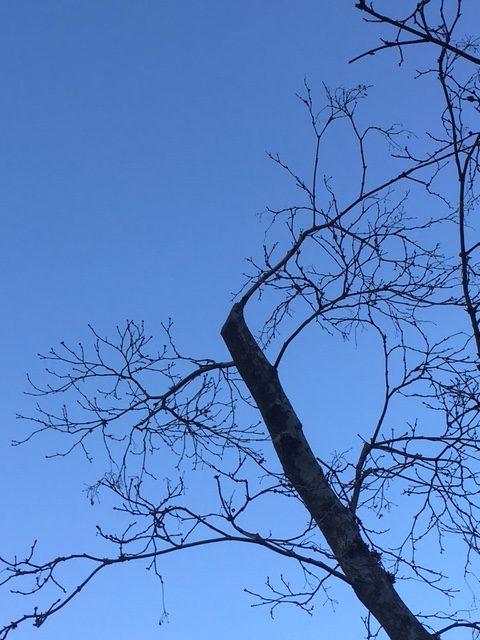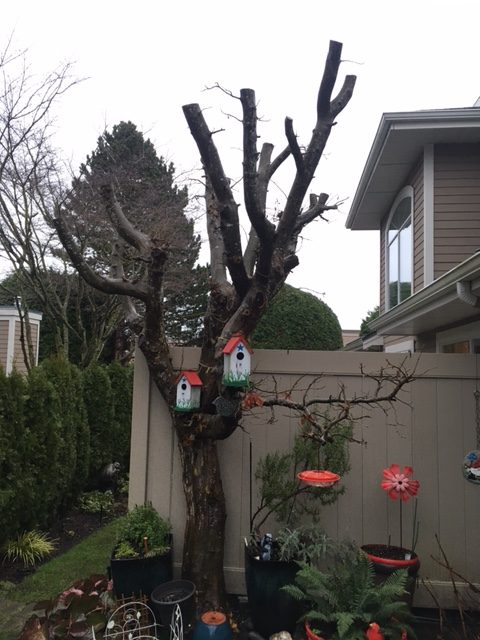It’s coming, I know it is. Every spring we apply generous amounts of lawn fertilizer with high Nitrogen content to get our lawns to green up. And green up they do.
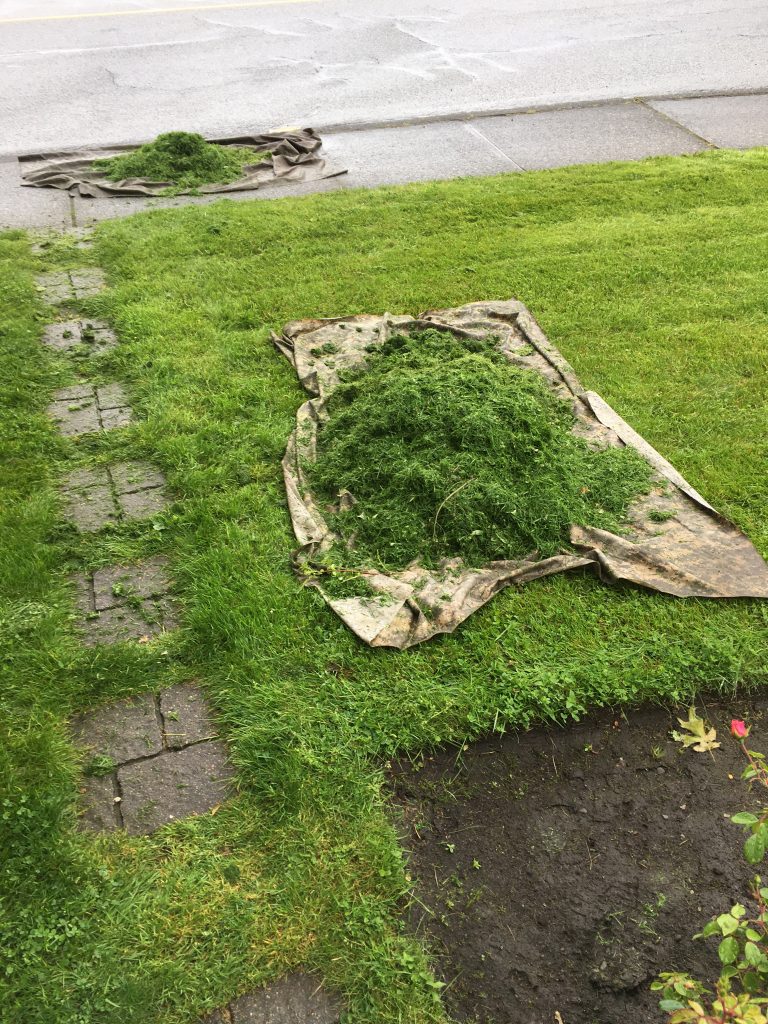
Mowing hell
As the nitrogen kicks in, our lawns turn lush green and they look fantastic after cutting. But there is a catch. Where weeks ago I needed thirty minutes and three tarps to complete my commercial site lawns, now it’s all doubled.
And because I do the sites on weekends, solo, there is no one to off-load the mowing on. I occupy my own personal mowing hell. It seems like I have to empty my mower bag after every pass and, after a while, it gets old.
It’s usually at this point that I remind myself what a nice extra source of income this flexible gig is. Because the sites are commercial, not residential, I can start early or work late. I will never get old Mrs. Robinson complaining about how I robbed her of beauty sleep. This flexibility is awesome. For example, when my son has soccer matches, I can do two half-days. Nobody cares, as long as the place looks great on Monday.
Complications
Mowing hell gets worse when your mower blades are dull and it rained the night before. Now the grass clogs up the mower chute while the bag remains fairly empty. So, you’re stuck cleaning the chute. Otherwise, the mower starts dropping grassy clumps from the deck.
Dull mower blades shred the grass blades and the wetness makes them stick to the deck, bag and chute. This requires frequent stops which is annoying because I’m not paid by the hour. When I’m done, I can bail.
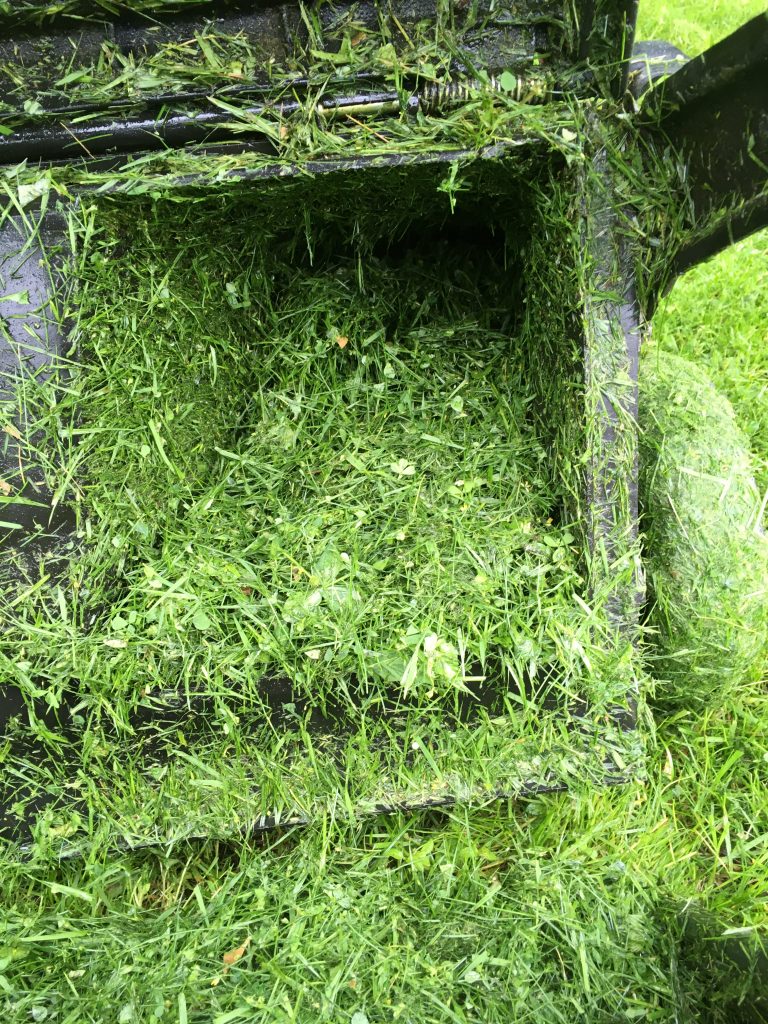
It’s also important to clean the deck carefully. Stop the blades and engine and tip the mower with the filter pointing up. Then undo the spark plug. I’ve never seen it but mowing the mower blades with the spark plug still on could bring them back to life. Allegedly. Disconnect the spark plug and clean the chute. I do this before moving to a new lawn section. If you do it with every stop, you’ll be there forever.
Conclusion
Mowing hell is coming this spring. I know it. It’s the price I pay for lush green lawns. Make sure your mower blades are sharp and bring extra tarps.
Bonus: if you’re in charge of fertilizing, you can have some fun with other crews or your neighbors. Put the fertilizer down heavy and watch them sweat.
